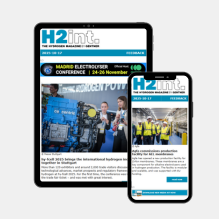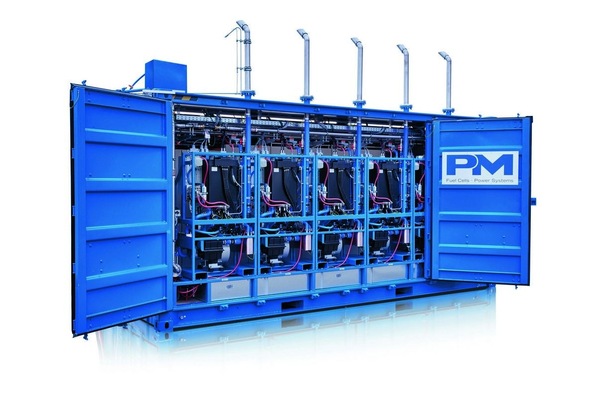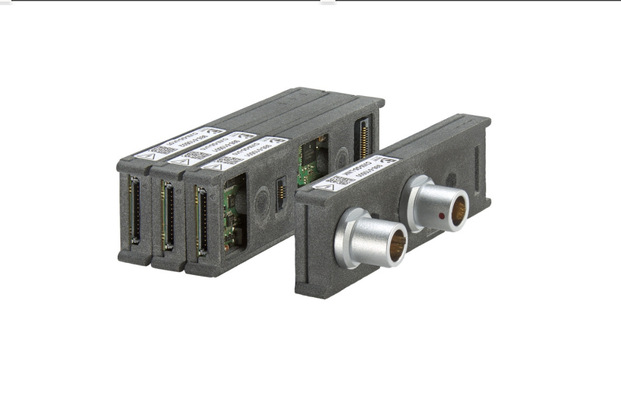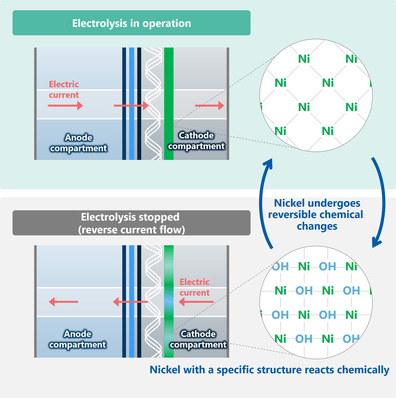The Fraunhofer Institute for Solar Energy Systems (Fraunhofer ISE) has commissioned a flexible research platform for producing membrane electrode assemblies (MEAs). The facility is available to component manufacturers as well as machinery and plant engineering companies, and is intended to support the development of scalable production processes for the ramp-up of fuel cell and electrolyser markets.
The focus is on continuous roll-to-roll processes, which are designed to achieve throughput speeds of up to ten metres per minute. According to Fraunhofer ISE, this speed is close to industrial standards and necessary to meet the expected production volumes.
Research along the entire value chain
Demand for MEAs is rising, particularly due to the electrification of heavy-duty transport. For 20,000 fuel cell trucks, annual demand is expected to reach around 1.2 million square metres of active MEA area. Large quantities are also required to expand electrolysis capacity: for every gigawatt of new capacity, 25,000 to 35,000 square metres of catalyst-coated membrane are needed. Fraunhofer ISE notes that current manufacturing methods are not economically viable for these volumes.
Production research at Fraunhofer ISE covers the entire MEA value chain – from catalyst powder to the seven-layer MEA. This consists of a central membrane, two catalyst layers, reinforcement frames and gas diffusion layers. Areas of investigation include mixing methods for catalyst inks, new materials and adapted formulations.
A key process step is the production of the catalyst layers, which can be applied either directly to the membrane or to a transfer film. In addition to the established slot-die coating process, Fraunhofer ISE is also testing rotary printing and indirect gravure printing. The goal is to enable the production of structured MEAs using new methods.
Inline quality control and test benches
The pilot plant is equipped with inline quality control measurement technology. A track-and-trace system makes it possible to trace changes in the production process and their impact on subsequent steps or product quality. “Despite the continuous process, we can track changes in production and their effects on later process steps or product quality,” says project manager Linda Ney.
The MEAs produced are tested in fuel cells under varying operating conditions. Electrolysis MEAs—with both proton exchange and anion exchange membranes – can also be manufactured and analysed using the platform.
The entire production chain is being trialled at Fraunhofer ISE’s hydrogen technology centre. “We are the only research institute in the world to offer industrial-scale production facilities including microstructure analysis and MEA characterisation at the test bench, enabling rapid transfer from laboratory to manufacturing,” says Ulf Groos, head of the fuel cell department at Fraunhofer ISE.









